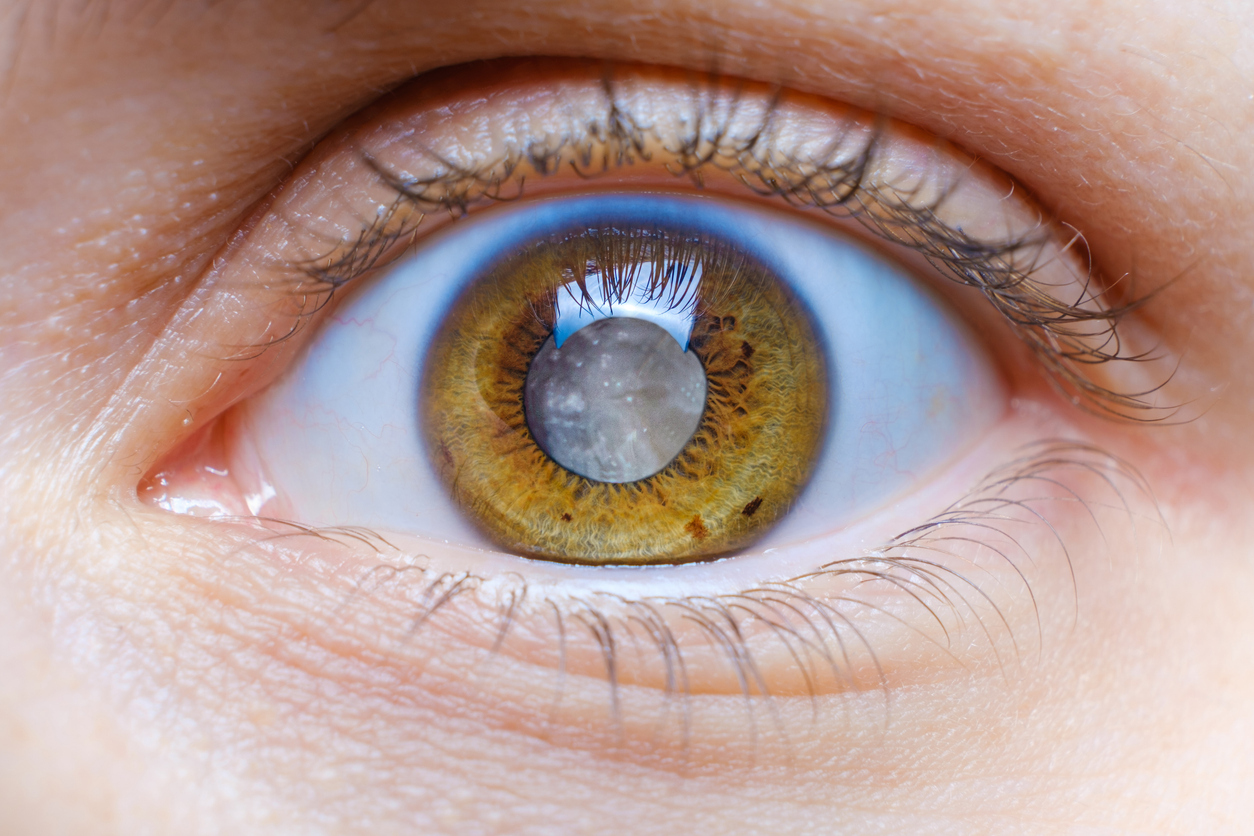Cataracts are an unfortunate condition that has the potential to interfere heavily with a patient’s ability to perceive the world around them. There are several different causes of cataracts, and identifying their origin in yourself is an essential part of formulating the correct course of action for treating them.
One of the primary causes of cataracts is diseases of various types. Several different conditions can lead to the development of this troublesome eye issue. If you are struggling with cataracts or are concerned you might develop them, take a look at this guide that explores which diseases can cause cataracts. It may help you decide if you need light-adjustable lens surgery.
What are Cataracts?
Cataracts are clouded areas that appear in the lens of the eye. Under normal circumstances, this part of the eye is typically very clear. For people who suffer from cataracts, seeing through cloudy lenses is akin to seeing the world through a cloudy mirror or fogged-up glass—it tends not to work very well.
In their beginning stages, only light measures, such as adjusting lighting and one’s prescriptions, need to be taken to treat cataracts. However, as time goes on, you will likely need to take more drastic measures as the issues become more intrusive. Fortunately for those affected, cataract surgery is safe and effective.
The Symptoms of Cataracts
There are many different symptoms of cataracts. Learning to recognize these symptoms can help you know if you are developing cataracts yourself. Keep an eye out for the following:
- Difficulty seeing at night
- Sensitivity to light and glaring
- Clouded vision
- Blurred or dim vision
- Perceiving “halos” around lights
- Finding you need a brighter light for reading and other activities
- Perceiving faded or yellow colors
- Experiencing double vision in the affected eye
When they first develop, cataracts will likely affect only a small part of the eye lens. As the cataract grows larger and larger, the affected area of the eye will grow.
Diseases That Can Cause Cataracts
Several different conditions can lead to the development of cataracts in an individual. Many of these diseases can cause an entourage of different physiological maladies in an afflicted person, which include cataracts. Some of the main conditions that can lead to the development of cataracts include the following:
- Retina pigmentosa
- Uveitis
- Glaucoma
- Diabetes
- Use of corticosteroids
Additionally, a family history of cataracts can increase one’s chance of developing them. When this propensity is combined with certain environmental risk factors and the development of diseases, an individual may find themselves at a very high risk for this condition.
Cataract Surgery
Cataract surgery is the only trustworthy way to remove cataracts and restore an individual’s vision. During cataract surgery, an ophthalmologist removes the clouded cataracts from your eyes and replaces them with a fixture called an IOL (intraocular lens). This type of lens becomes a permanent fixture on the eyes.
An IOL is as clear as an individual’s natural eye lenses. In addition, these fixtures can correct refractive errors, which can allow an individual to benefit from improved vision after their surgery is performed.
Cataract surgery is one of the safest surgeries in the medical market. It is one of the most commonly performed surgeries in the United States, and most individuals who receive this type of treatment experience no adverse side effects from the procedure. That said, certain conditions can raise your risk of experiencing complications during a cataract surgery. You can discuss whether or not you are at risk for this with your physician during a consultation.
Recovering from Cataract Surgery
There is some chance that you might experience mild pain and discomfort after your surgery is completed. Many individuals are given pain relievers to use for the first couple of days after their procedure. All in all, full recovery from cataract surgery should take about four to eight weeks. However, most individuals will experience a beneficial change in their vision well before this benchmark.
You can discuss with your physician whether you can anticipate having a different recovery experience than what is typical. They will likely offer you advice during this period.
Orange County’s Top Choice
Dr. Ghosheh is one of the most respected surgeons in Southern California. If you are suffering from cataracts or are worried that you might develop them, contact Dr. Ghosheh today to make an appointment to discuss your treatment options with an Orange County laser eye surgeon.

